Contents
- 1 1. Cleaning Your Footwear Regularly
- 2 2. Using the Right Cleaning Materials
- 3 3. Properly Drying After Cleaning
- 4 4. Regularly Applying A Leather Conditioner
- 5 5. Ensuring Proper Storage
- 6 6. Rotating Your Footwear
- 7 7. Replacing Insoles When Needed
- 8 8. Regularly Checking for Damages
- 9 When to Consider a Professional Repair or Replacement
- 10 Wrapping Up
Don’t let your work boots fall apart before their time. You can significantly extend their lifespan and keep your feet comfortable and protected with the proper care. This article provides essential tips for maintaining your work boots, from regular cleaning and conditioning to appropriate storage.
So, if you want to get the most out of your boots, read on for some invaluable advice!
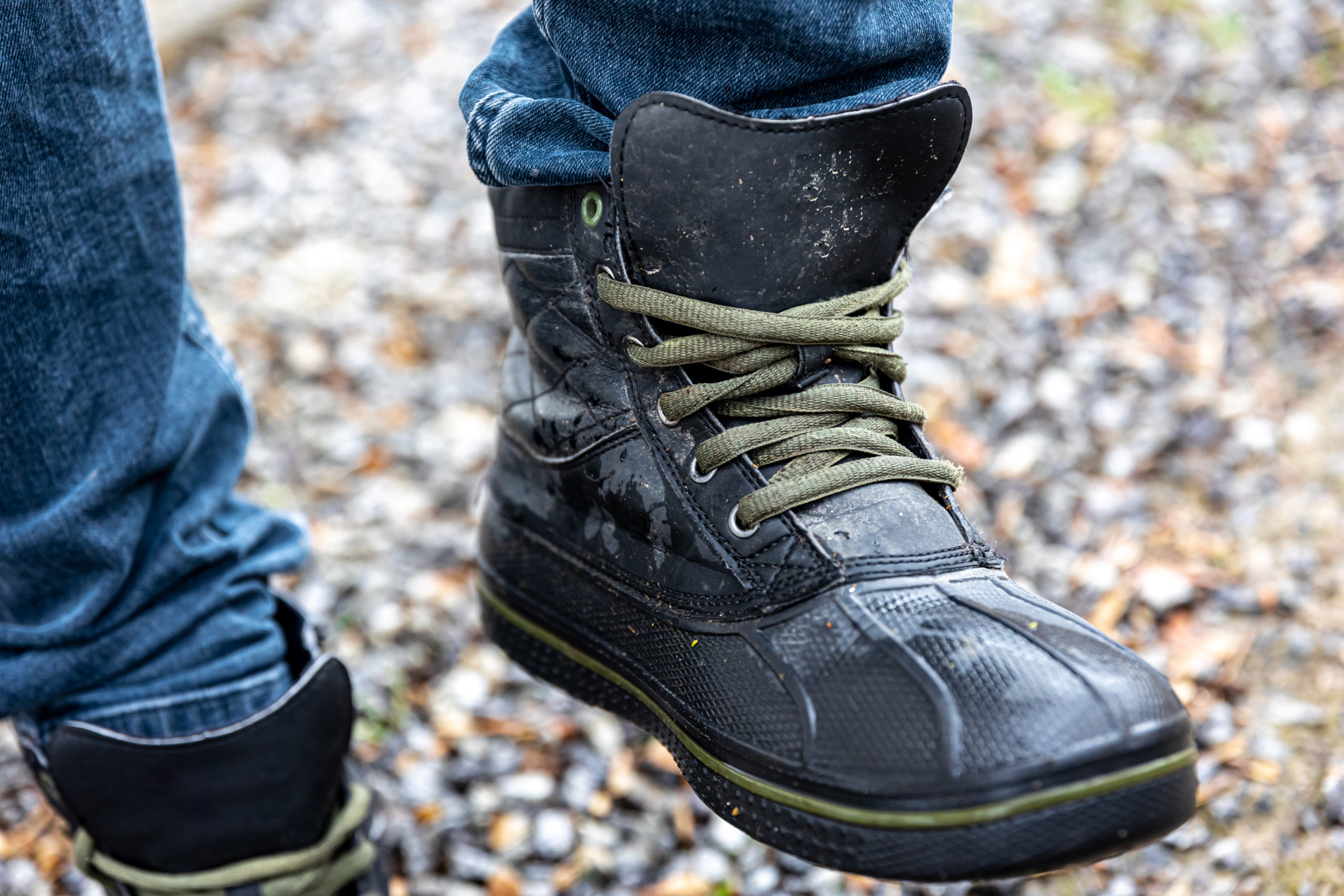
1. Cleaning Your Footwear Regularly
There are many brands of work boots out there, such as Chippewa work boots, Timberlands, and many other brands. So, once you overcome the decision fatigue and finally settle on a perfect pair, you want to ensure they stay functional for a long time. So, here’s where to start: you’ve got to clean your boots regularly to keep them in top shape. This keeps them looking good and prolongs their lifespan.
Start by removing any loose dirt or dust with a soft brush. Pay attention to the soles, too. For tougher stains or grime, use a damp cloth and mild soap. Rub gently to avoid damaging the material. Rinse with a clean, wet cloth to remove any soap residue. Avoid soaking your boots, as this can cause the leather to crack.
Finally, let your boots dry naturally. Direct heat can warp them and alter their fit. Clean boots aren’t just lovely; they’re healthier for your feet. So, make boot cleaning a routine. It’s a small investment of time for a big payoff.
2. Using the Right Cleaning Materials
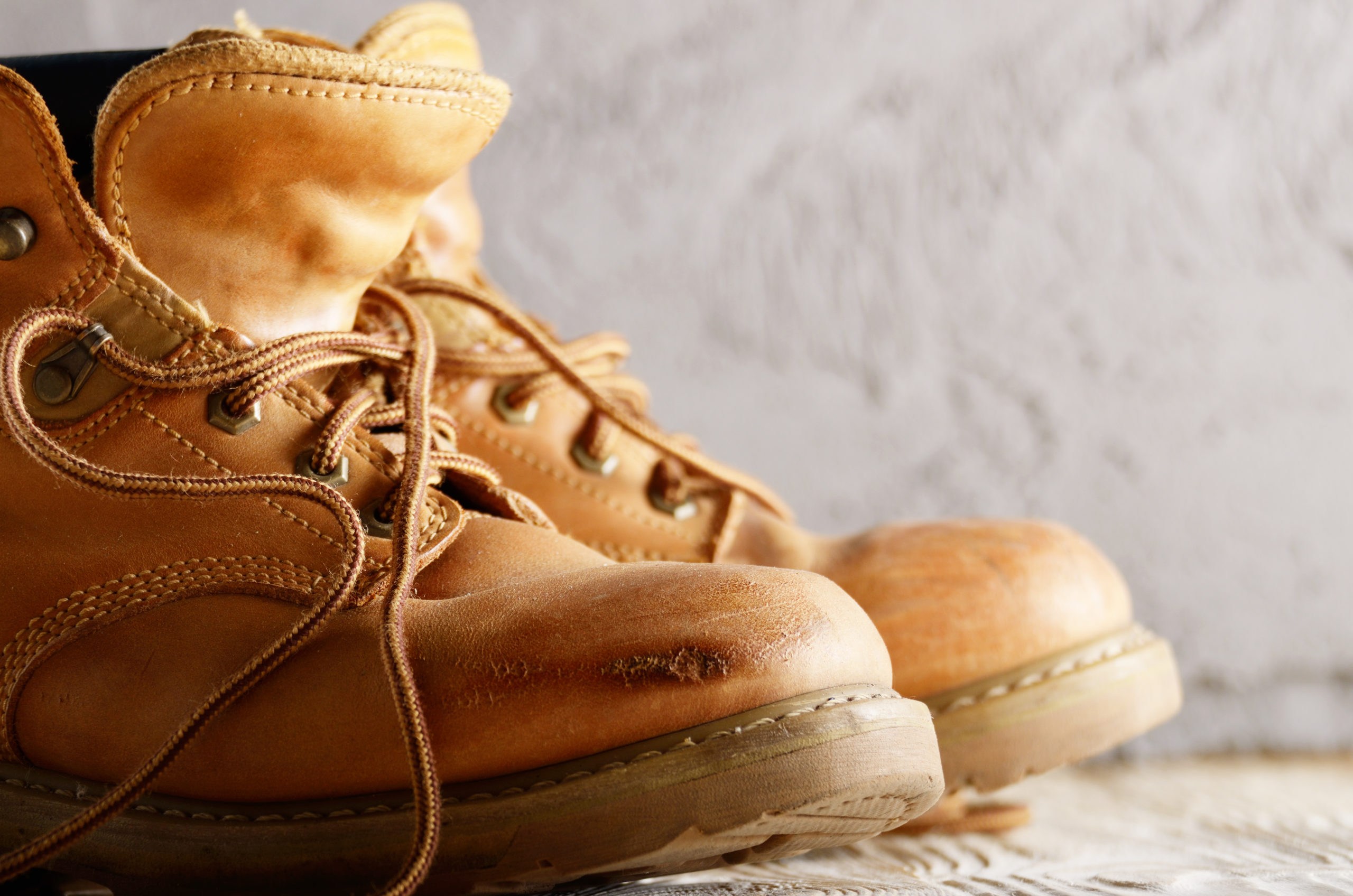
It’s essential to use suitable cleaning materials to ensure your footwear stays in top-notch condition. Using improper materials can lead to damage, reducing your boot’s lifespan. Avoid harsh chemicals or abrasive tools, as they can strip off protective layers and cause your shoes to wear out faster. As today’s footwear is made of water-resistant material, you can go for cleaning it with moist linen, with mild soap or detergents. In this context, the best workout shoes from “Loom Footwear” are a perfect example, as they’re made from H2-Go layer, which is 100% waterproof and a breathable knit material, preventing moisture formation. It also has optimal cushioning, firmness, and breathability.
Instead, opt for specialized cleaning products designed for work boots. They’re formulated to remove dirt and grime without harming the material. Soft-bristled brushes are great for scrubbing without scratching the surface, while a damp cloth can be used for gentle cleaning.
Remember, your boots aren’t just there to protect your feet—they’re also an investment. Using suitable cleaning materials will keep them looking good, performing well, and lasting longer.
3. Properly Drying After Cleaning
After giving your boots a good scrub, it’s crucial to dry them properly to prevent mildew growth and material damage. Never be tempted to expedite drying by placing them near a heat source like a radiator or heater. This can warp the leather and weaken the boot’s structure.
Instead, let them air dry naturally in a well-ventilated area, away from direct sunlight. Stuffing your boots with newspaper or using a boot dryer can also help absorb excess moisture and speed up drying. Remember to change the newspaper every few hours to ensure adequate drying.
Proper drying also maintains the boot’s shape, preventing creases and cracks. It’s a simple step, but it can significantly extend the life of your work boots.
4. Regularly Applying A Leather Conditioner
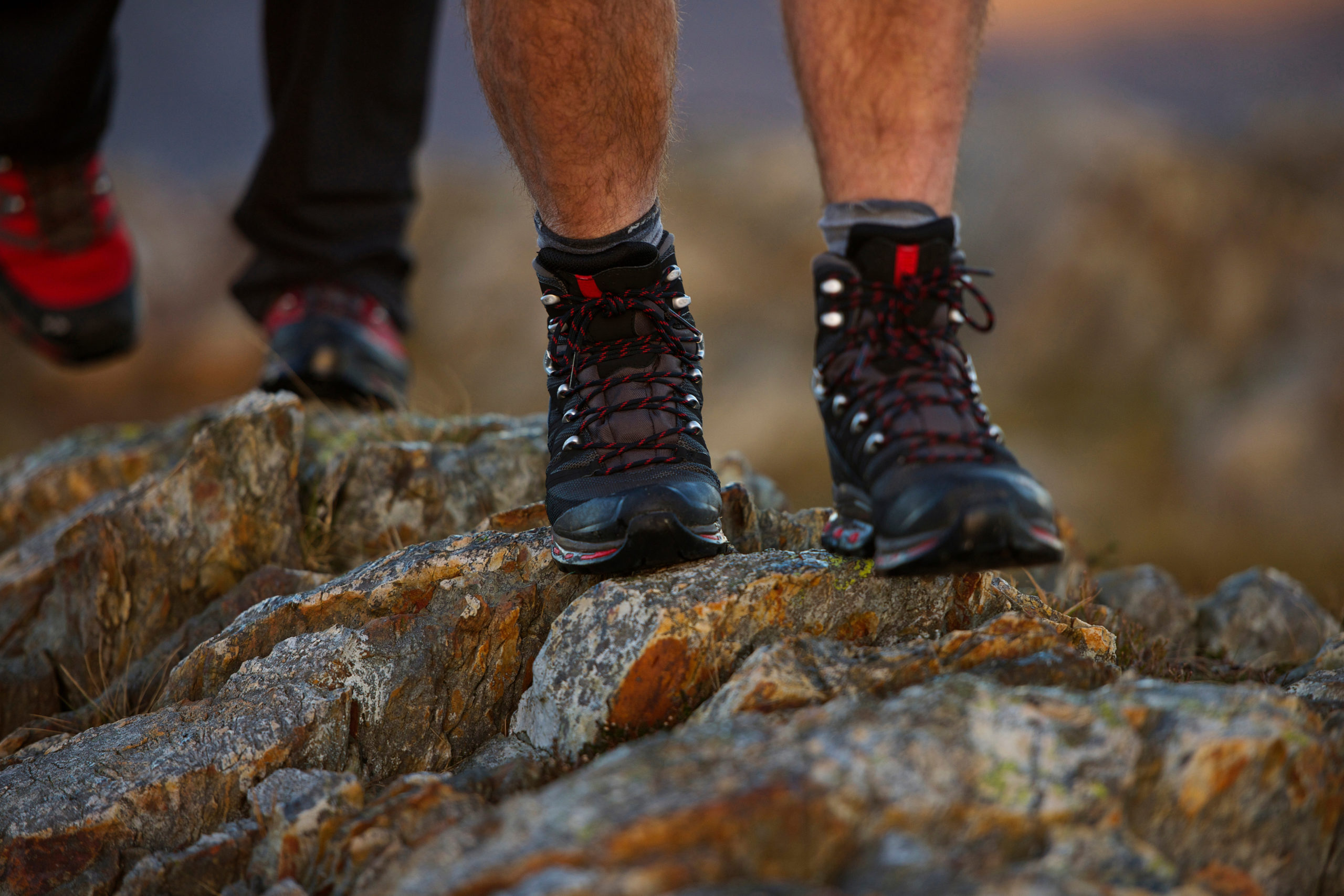
Regular use of a leather conditioner can’t be overstated in maintaining your footwear’s durability and luster. This product penetrates deep into the leather fibers, replenishing the natural oils lost over time and with exposure to harsh conditions.
A good conditioner also prevents the leather from drying out and cracking, significantly extending the life of your boots.
Applying the conditioner is a simple process. After cleaning and drying your boots:
- Apply a fair amount of conditioner using a soft cloth or sponge.
- Rub it in circular motions until it’s fully absorbed.
- Let the boots dry naturally before wearing them.
5. Ensuring Proper Storage
Don’t just kick off your work boots and leave them lying around. Instead, store them in a cool, dry place away from direct sunlight. Sunlight can fade leather, while heat and humidity can warp and crack it.
Use a boot rack or shoe tree to help maintain your boots’ shape and allow them to air out properly. If your shoes are dirty or wet, clean them first before storing them. Never store them in plastic bags or airtight containers, as this can cause mildew.
6. Rotating Your Footwear
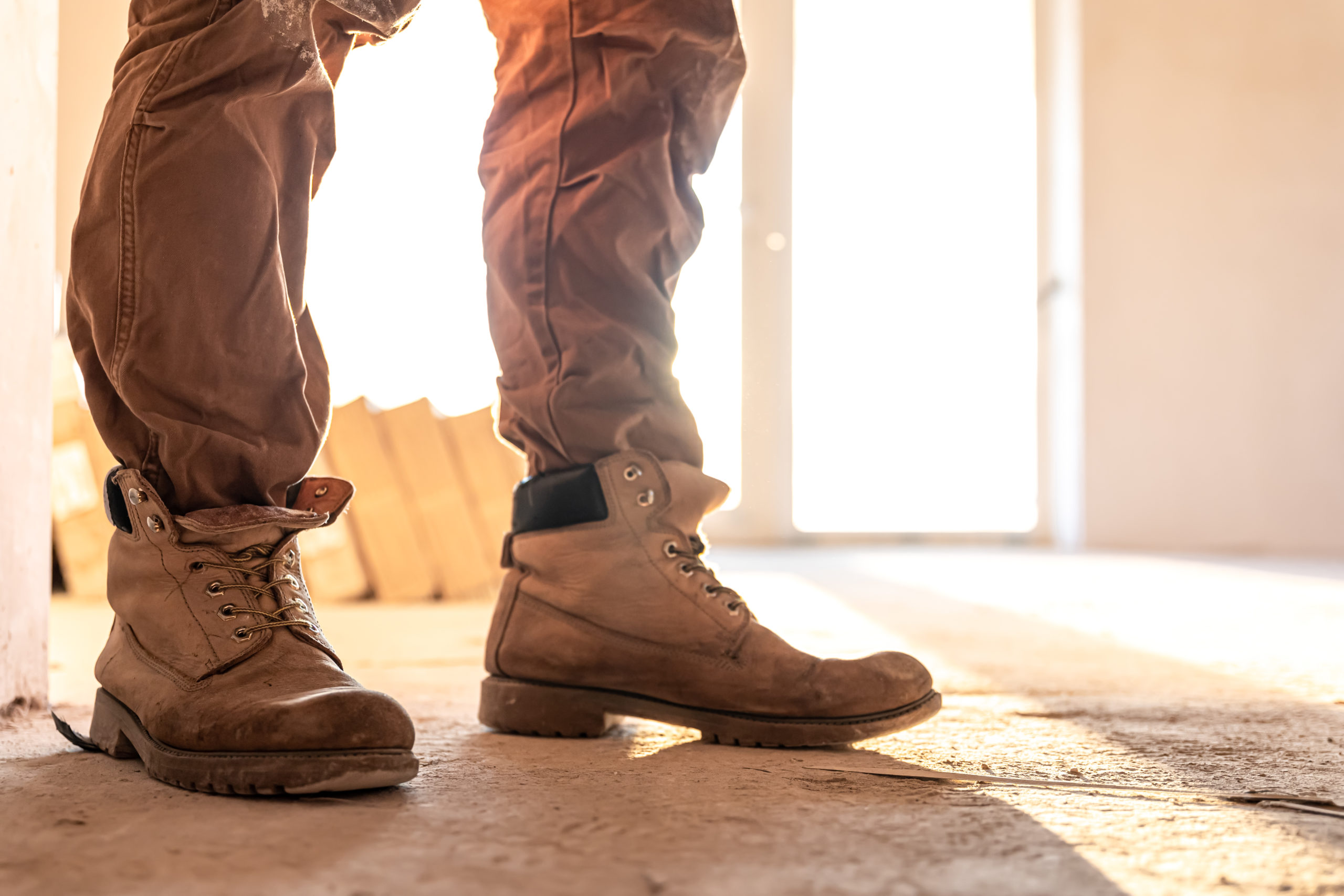
Giving your shoes a day off between wearings can significantly extend their lifespan. Like any other part of your wardrobe, your work boots need breathing time. Wearing them continuously can lead to the accumulation of moisture, which weakens the material over time.
It’s a good idea to have two pairs of boots and rotate them every other day. This practice allows each pair to fully dry out, reducing the risk of odor and bacterial growth. Your boots will also be less prone to creasing and losing their shape. Plus, it reduces the wear and tear on a single pair, so you’ll find they last longer.
7. Replacing Insoles When Needed
Insoles play a significant role in your comfort and foot health. Over time, they can become flattened, lose their cushioning, and fail to provide the support your feet need.
Don’t wait until you’re feeling discomfort or pain in your feet. Regularly check your insoles for signs of wear and tear. If they start to look worn out or are no longer as comfortable as they used to be, it’s time for a change.
Replacing worn-out insoles can extend the life of your work boots and keep your feet happy. Remember, a well-maintained pair of boots is an investment in your foot health and comfort.
8. Regularly Checking for Damages
Regularly inspecting your footwear for any signs of damage is essential for ensuring its longevity and comfort. Worn-out soles, split seams, or broken eyelets can compromise the safety your work boots provide.
Keep an eye out for any loose stitching or worn soles. You might not feel it right away, but these could be signs of underlying issues that could worsen with time. If you notice any significant damages, it’s best to have them repaired immediately. Also, pay attention to the tiny cracks or cuts on the boot’s surface. These can let in water, leading to discomfort and potential foot health issues. So it’s better to address them immediately.
When to Consider a Professional Repair or Replacement
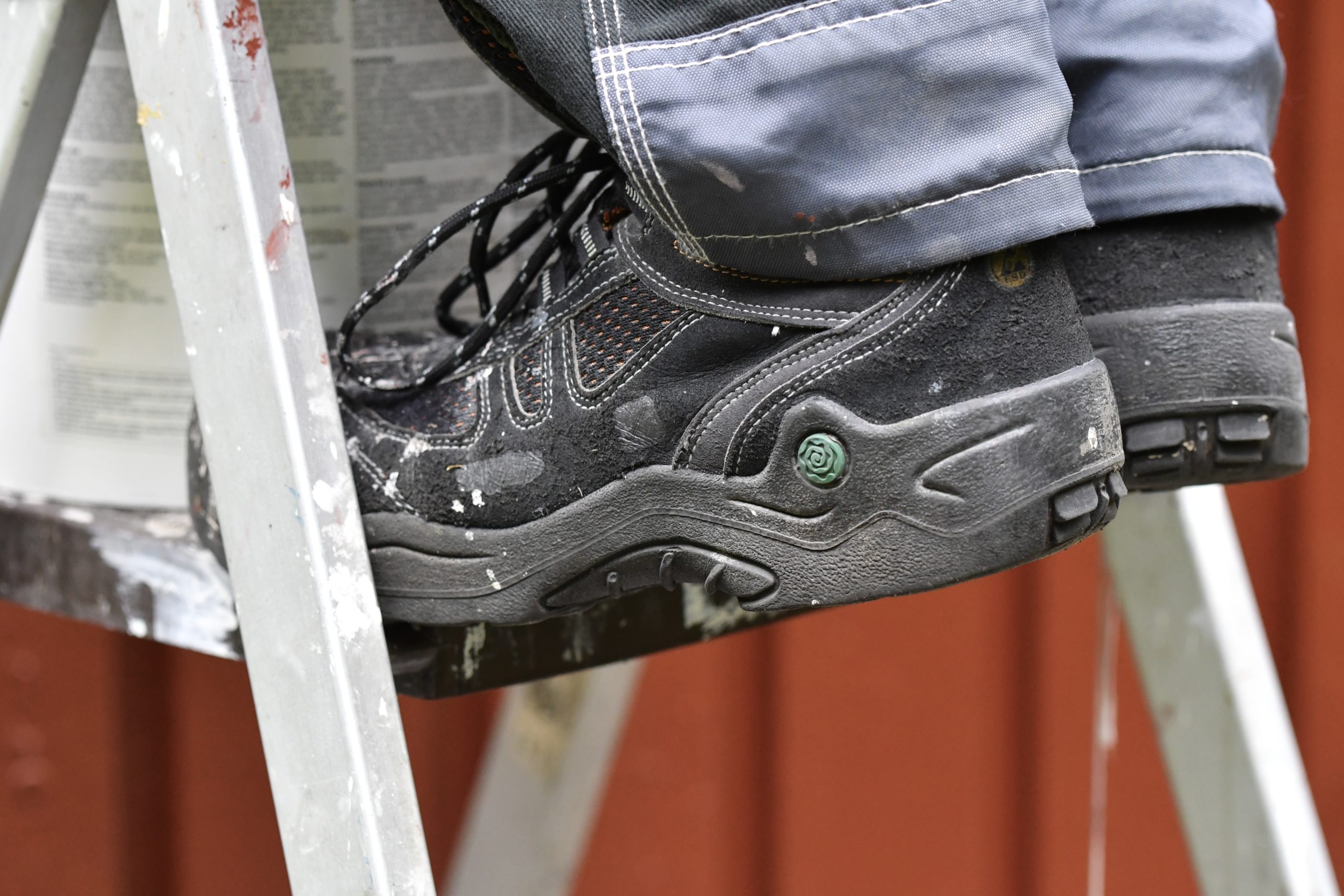
It’s crucial to understand when it’s time to seek a professional repair or even consider a replacement for your work boots. If you notice large cracks, holes, or severe wear on the soles that compromise their traction, it’s time to consult a professional. They can assess the damage and suggest whether a repair or replacement is more cost-effective.
Worn-out padding or liners, deep scuffs or cuts on the leather, or broken laces are signs that your boots may need professional attention. Remember, your safety depends on the condition of your shoes, so never take these issues lightly.
If your boots are beyond repair, don’t hesitate to invest in a new pair. It’s better to be safe than sorry regarding work boot maintenance.
Wrapping Up
In conclusion, proper maintenance is the key to extending the life of your work boots and ensuring they continue to provide the support and protection you need on the job. Taking these steps will keep your boots in top shape, ready to tackle any job. So, go ahead and start taking proper care of your footwear now.
After all, your boots work just as hard as you do!

